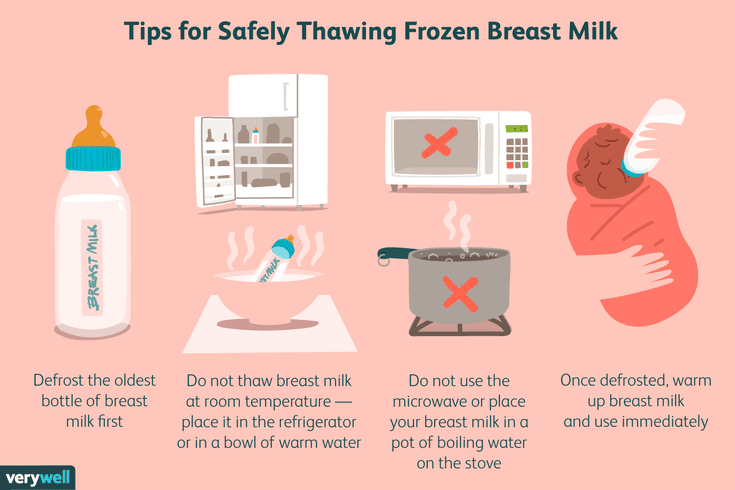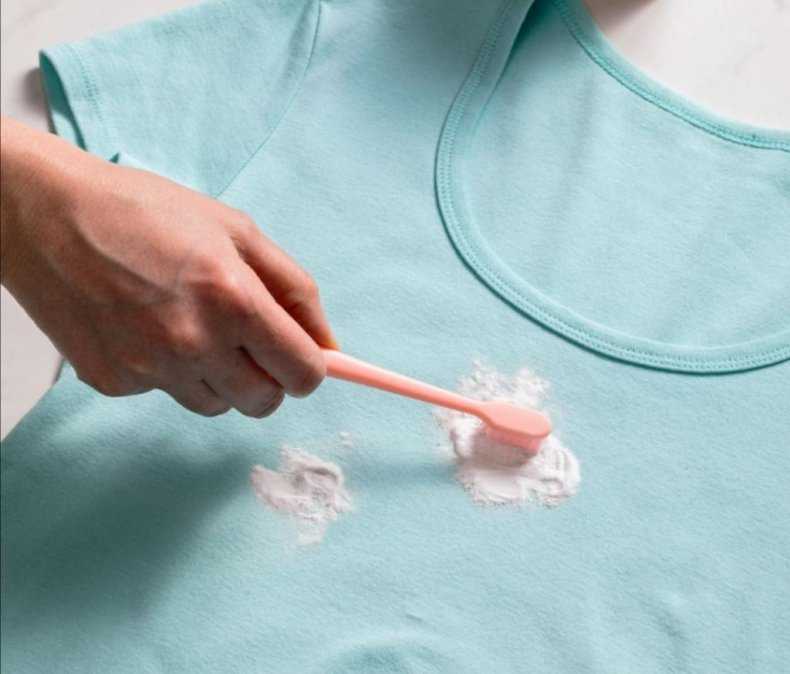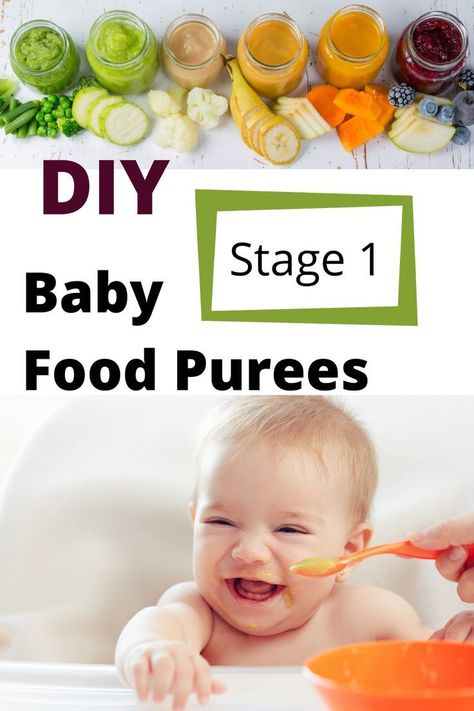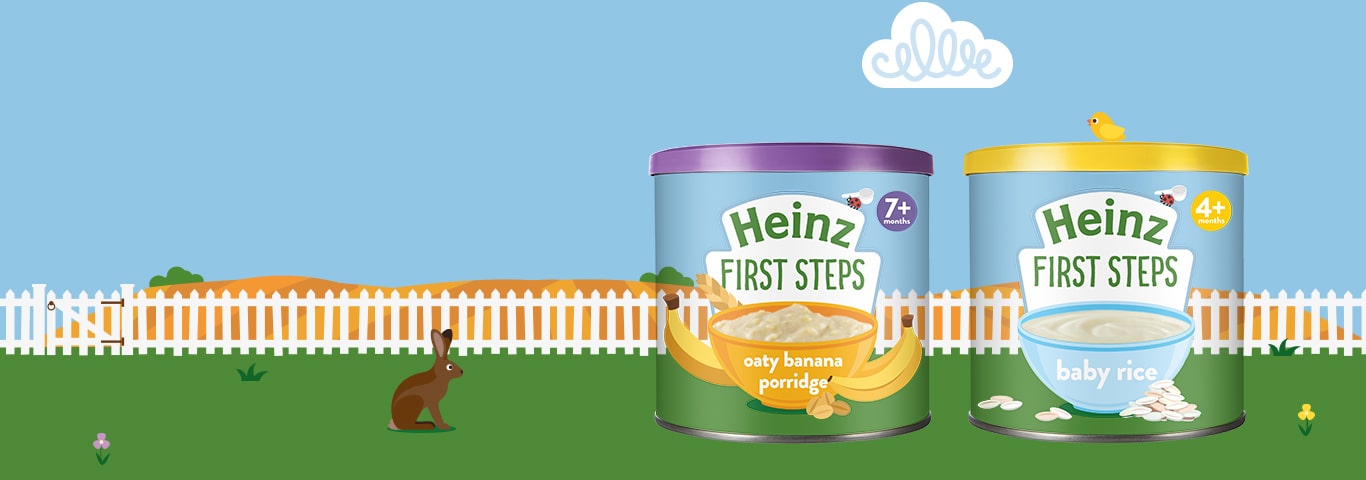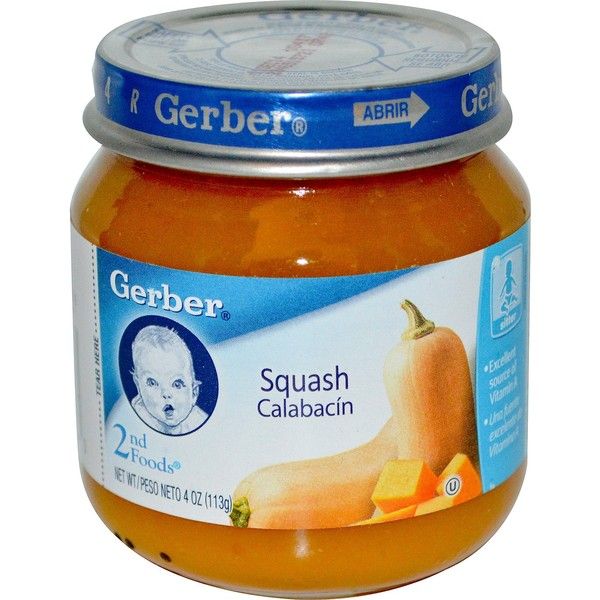How long should i keep my baby upright after feeding
Holding Your Baby Upright After Feeding? Stop! It Doesn't Help
Spit happens! Even people who have not spent much time with babies know that spit up comes with the territory. But did you know that more than 2/3 of babies spit up regularly? More often than not, spit up is nothing to worry about. There are some tried-and-true methods out there that help reduce the frequency of spit up in babies. There are also some very common misconceptions. And, contrary to popular belief, holding your baby upright after a feeding doesn’t help. In this blog we will discuss:
- why babies spit up.
- the difference between spit up and vomit.
- when to worry about spit up.
- why holding your baby upright after a feed is not necessary.
- myths and truths to reducing spit up.
Why do babies spit up?
Spitting up is physiologically appropriate in babies. This is because the lower esophageal sphincter (LES) has not fully matured – and doesn’t until around 18 months of age. You can, however, expect to see a decrease in spit up as baby gains core control (ie when they begin sitting up). The floppiness of this sphincter is why you may notice your baby spitting up over an hour after they’ve finished feeding.
Your baby may also spit up if they have had too much to drink and their stomach is full. The excess fluid can put additional pressure on the LES, leading to spit up. You can compare that to feeling ‘uncomfortably full’ after a holiday meal. However, you don’t spit up your food because your LES is fully matured.
What is the difference between spit up and vomit?
Spit up and vomit are not the same. The distinction between the two has nothing to do with the volume of fluid that is ejected. Spit up tends to leave your baby’s mouth at a slower speed; it may even dribble out. This can happen when you’re burping your baby. Vomiting is a forceful event. The liquid projects out from the mouth and may travel several inches.
When should I worry?
Every baby is different. Keep in mind, it may appear that your baby has spit up an ‘entire feed’ but the amount of spit up usually looks like more than it actually is.
Keep in mind, it may appear that your baby has spit up an ‘entire feed’ but the amount of spit up usually looks like more than it actually is.
Typically if your baby is continuing to gain weight and doesn’t seem bothered by spitting up, it is not a reason to worry. These babies are often dubbed “happy spitters” and the spitting up is more of a “laundry problem” than a medical one.
If you feel your baby is spitting up excessively, I definitely recommend calling their pediatrician. Other scenarios which may be a cause for concern include:
- when it occurs after every feeding.
- if your baby is not gaining weight.
- if the spit up looks like anything other than milk/formula (undigested or partially digested). This includes spit up that is green, yellow, bloody, or looks like coffee grounds.
- a baby who cries for more than 3 hours daily and is irritable.
- if spitting up begins after your baby turns 6 months old.
Why isn’t holding your baby upright after a feeding necessary?
I realize this idea may be different than what you’ve heard in the past, but hear me out. It takes approximately 2 hours for your baby’s stomach to empty. While holding your baby upright for 30 minutes after a feeding may allow for some of the feed to leave the stomach, the majority of the feed remains in their stomach after that time. When you lay your baby down, their immature LES could still open, causing them to spit up.
It takes approximately 2 hours for your baby’s stomach to empty. While holding your baby upright for 30 minutes after a feeding may allow for some of the feed to leave the stomach, the majority of the feed remains in their stomach after that time. When you lay your baby down, their immature LES could still open, causing them to spit up.
So unless you are holding your baby upright until their stomach is completely empty, the chance of them spitting up still remains. Now if you were to hold them up until their stomach emptied, you would bring yourself to the time of their next feeding. This strategy would be grossly inefficient. It would result in you getting no rest, or your baby getting into the habit of having to be held or worn at all times.
You may wonder about propping your baby up to reduce spit up. It is unsafe for a baby’s sleep surface to be elevated (that means those crib wedges are not a safe option). Products like nursing pillows, baby loungers, and bouncy seats put your baby at risk for positional asphyxiation.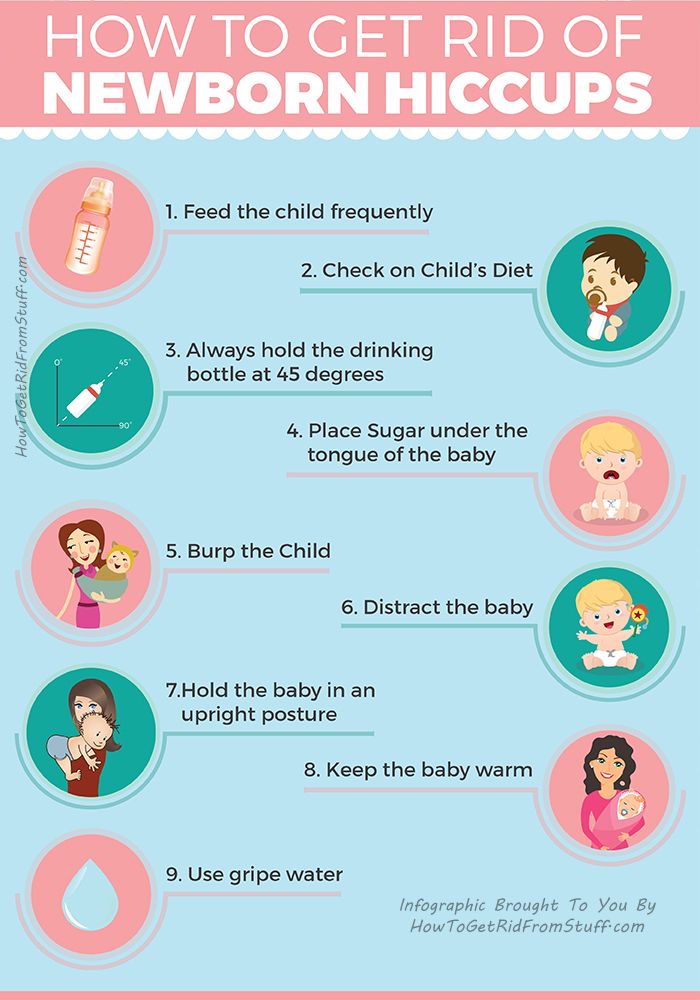 And they don’t diminish the incidence of spit up!
And they don’t diminish the incidence of spit up!
Myths and Truths to Reduce Spit Up
Many pediatricians will, wrongfully, recommend switching to formula because it is “heavier” than breastmilk. The heaviness only means it takes longer to digest than breastmilk, not that it will be less likely to come back up. And adding rice or oatmeal cereal to the bottle will not help reduce spit up either (but it can create a choking hazard!).
The best ways to help reduce spit up in your baby include:
- avoiding overfeeding.
- burp your baby, well, during and after feeding. Trapped air in the stomach can increase the incidence of spit up.
- avoid rigorous activity soon after a feed.
- if you’re bottle feeding your baby, opt for a slower flow nipple. This helps baby to recognize when they are full before they become overly full.
Other Blogs You May Like
What is the Best Bottle?
Does Breast Milk Cause Cavities?
Pass the Bottle, Please!
The information contained in this blog is the opinion of Rebecca Tucci, certified doula and lactation counselor. It is not meant to take the place of consultation with your child’s healthcare provider. The above information cannot diagnose, treat, cure, or prevent any disease or condition.
It is not meant to take the place of consultation with your child’s healthcare provider. The above information cannot diagnose, treat, cure, or prevent any disease or condition.
When Can I Stop Holding Baby Upright After Feeding? Answered
Keeping your baby upright after they eat is a fairly standard procedure. It aids digestion by giving gravity some time to help their stomach contents move down through their digestive tract and by allowing trapped air bubbles to rise up and out of their system. It also gives you time to burp them, which reduces spitting up.
Try to keep your baby upright for at least 15 to 30 minutes after each feeding. There are some situations where you may need to keep them upright for longer (up to an hour in some cases), such as if your baby has GERD, spits up a lot, or swallows a lot of extra air while feeding.
Keeping a baby upright is just another one of the many steps caregivers have to take note of in the process of feeding a baby. This article serves as a short guide to why and for how long babies need to be kept upright after feeding as well as some things to watch out for while keeping a baby upright after feeding.
This article serves as a short guide to why and for how long babies need to be kept upright after feeding as well as some things to watch out for while keeping a baby upright after feeding.
Why Do Babies Need to Be Held Upright After Feeding?
In adults and older children, a muscle in between the stomach and the esophagus known as the lower esophageal sphincter acts as a barrier to keep stomach contents from rising back up through the esophagus. It opens up to allow food and liquids to enter your stomach when you swallow and to allow trapped air and other gastric contents out when you belch.
In babies less than 2 years old, this muscle does not yet have enough strength and tone to function properly at all times. As a result, the muscle may open up at random times, causing reflux. This type of reflux and spitting up is normal in babies and usually improves by their first birthday.
Spit up is normally white or cream in color if your baby spits up right after a feeding.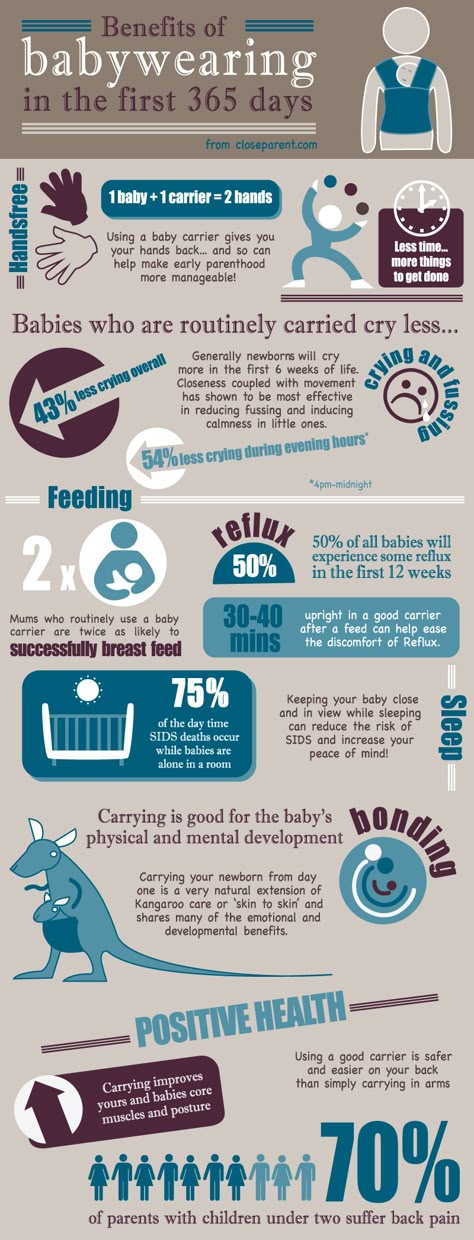 It may also appear slightly yellowish and curdled if the milk has sat in their stomach for some time and has already been partially digested.
It may also appear slightly yellowish and curdled if the milk has sat in their stomach for some time and has already been partially digested.
While your baby is upright, gravity works in favor of their digestion. It assists in the movement of milk down through their stomach and into the small intestine, making their stomach less full, and decreasing the amount of spit up they produce once you do put them down for a nap or a diaper change.
At the same time, the upright position gives any air they may have swallowed during the feed time to rise above the rest of their stomach’s contents, making it easier for gas to escape when you burp them.
How Long Do I Need to Keep My Baby Upright After Feeding?
Most spitting up occurs right after your baby has eaten, when their stomach is fullest. Putting your baby down too soon after feeding can worsen gastric reflux and increase spitting up.
When holding your baby upright, try to keep their body straight as much as possible.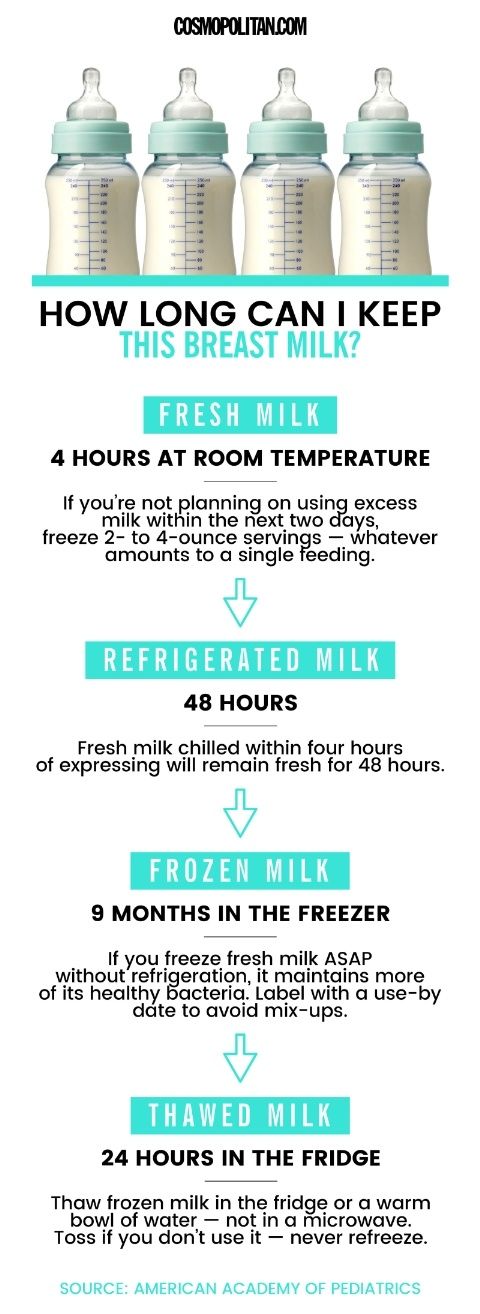 Avoid using an upright sitting position as this may put additional pressure on their stomach and worsen reflux. Tight clothing around the waist like snug-fitting pants and too-tight diapers may also have the same effect.
Avoid using an upright sitting position as this may put additional pressure on their stomach and worsen reflux. Tight clothing around the waist like snug-fitting pants and too-tight diapers may also have the same effect.
Staying upright for 10-15 minutes after feeding may be enough time to allow your baby’s stomach contents to settle. This should also give you enough time to burp them, either over your shoulder or sitting upright on your lap.
You can also use this time to do some skin-to-skin contact, which can help both you and your baby relax and sleep better as well as potentially reduce reflux and spitting up.
If your baby still spits up quite a bit even after being upright for 15 minutes, try keeping them upright for up to 30 minutes after they feed. Babies who have gastrointestinal conditions such as GERD or esophagitis may need to be held upright for up to an hour.
Can I Use a Bouncer to Keep My Baby Upright?
Understandably, holding and rocking a 10–15-pound baby for that long can be exhausting, especially after a night feed when all you want is to get back into bed and sleep.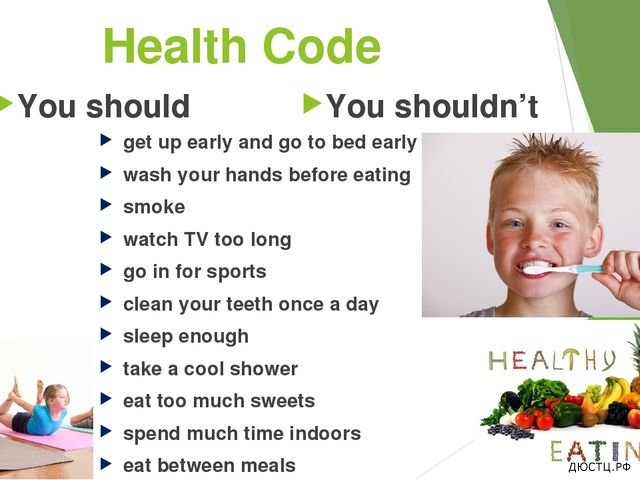 Muscle fatigue and strain are quite common after holding a baby for an extended time.
Muscle fatigue and strain are quite common after holding a baby for an extended time.
A bouncer or baby swing with an upright or inclined seat can give your arms a break while also keeping your baby upright, as long as you continue to supervise them in the seat. A baby-wearing harness or carrier might also be of use to keep your baby upright.
Note that your baby should not be left to sleep in an upright position unless you are otherwise advised by their pediatrician. If they do happen to fall asleep in a sitting device, make sure to move them to a safe sleeping surface as soon as possible. Do not use pillows, crib wedges, or any other sleep positioner to prop your baby up in their crib.
At What Age Can I Stop Holding Baby Upright After Feeding?
Unfortunately, there is no one size fits all answer to this question. But the good news is that your baby will eventually outgrow spitting up as their digestive muscles mature. Most babies will outgrow spitting up by 12 months of age.
Like with a lot of other aspects of parenthood, it may take some trial and error to figure out what works best for your baby. Babies who do not spit up very much might not need to be held any longer than it takes to burp them. Babies who spit up more or have issues with reflux may need to stay upright for longer after a feed.
Babies usually gain better control of their lower esophageal sphincter around 4-6 months of age, which is usually when you can stop burping them too. If you notice that your baby has begun to spit up less or has even stopped spitting up entirely, you may try decreasing the amount of time you spend keeping them upright after a feed.
What If My Baby Still Spits Up After Keeping Them Upright?
The recommendation to keep a baby upright after feeding them is mainly to reduce reflux and spitting up. For most babies, spitting up 1-2 tablespoons after each feeding is a normal part of infancy and is nearly impossible to eliminate completely, even with keeping upright and frequent burping.
Spitting up only becomes a problem if you notice any of the following signs with your baby:
- Difficulty gaining weight
- Vomiting or spitting up forcefully
- Constipation
- Dehydration or having fewer wet diapers than usual
- Loss of appetite
- Spitting up blood or coffee-ground like substance
- Choking or other signs of trouble breathing
Take your baby to see their healthcare provider if you see any of these signs. Treatments may range from short-term use of an acid-blocking medication such as a proton pump inhibitor, to using a feed thickener to increase the viscosity of the breastmilk or formula, or even just feeding smaller and more frequent meals.
How to help the baby when regulating
Support icon ofKeywords for searching
Home ›!! How to help a child in sprinkling
Home Home ›!! How to help a child in regurgitation
↑ Verki
Breastal feeding - completely special time for mom and her newborn baby. Together with the feeling of closeness and affection that feeding brings, understanding its nuances cannot but raise many questions, including the question of how to help an infant spit up. Regurgitation in a newborn is by no means always the result of a simple pat on his back. nine0015
Together with the feeling of closeness and affection that feeding brings, understanding its nuances cannot but raise many questions, including the question of how to help an infant spit up. Regurgitation in a newborn is by no means always the result of a simple pat on his back. nine0015
In this article, we'll talk about the basics of helping a newborn spit up, as well as other questions you may have about spitting up.
Why do babies spit up?
Let's get it straight: why do newborns need to burp in the first place? During feeding, children usually swallow extra air - this is called aerophagy. Spitting up helps prevent this air from entering the intestines, as well as vomiting, gas, and crankiness in the baby. To avoid the return of milk after feeding, you should give the baby the opportunity to burp more often. nine0003
How to help a newborn spit up?
During the first six months, the baby should be kept upright in a column for 10-15 minutes after each feed. This will help keep the milk in his stomach, but if the baby occasionally burps anyway, parents need not worry. While carrying your baby in an upright position, you can put a baby diaper or wipes on your shoulder to keep your clothes clean.
This will help keep the milk in his stomach, but if the baby occasionally burps anyway, parents need not worry. While carrying your baby in an upright position, you can put a baby diaper or wipes on your shoulder to keep your clothes clean.
We've already seen why spitting up is important, now let's find out how to help your baby spit up. Parents should gently pat the baby on the back with a hand folded in a handful until he burps. Folding your hand into a handful is important because clapping with a flat palm may be too strong for an infant.
Every baby is different and there is no one right position for spitting up. To get started, you can try the following options:
- Sitting position with the baby on the chest. In this position, the parent puts the baby's head with his chin on his shoulder and with one hand supports the baby under the back. With the other hand, you can gently pat the baby on the back. This method is most effective in a rocking chair or when the baby is gently rocking.
 nine0044
nine0044 - Holding the child upright on your legs. With one hand, parents can hold the baby by the back and head, supporting his chin and placing his palm on the baby’s chest, with the other hand, you can gently pat him on the back. At the same time, it is important to be careful: do not press the child on the throat, but only gently support his chin.
- Holding a baby on your lap while lying on your tummy. Make sure his head is above his chest and gently pat your baby on the back until he burps. nine0015
Here are some tips on how best to help your newborn spit up:
- Let your baby spit up during feeding. If the baby is restless or has swallowed air, it is worth giving him the opportunity to burp during feeding, and not just after.
- When bottle feeding, let the newborn burp after every 50-60 ml.
- When breastfeeding, let the baby burp at every breast change. nine0015
It is important to let your baby spit up after eating, even if he spit up during feeding!
If your baby is gassy, spit up more often. Also, if he vomits frequently or suffers from gastroesophageal reflux disease (GERD), have him spit up after every 30 ml bottle-feeding or every five minutes while breastfeeding.
Also, if he vomits frequently or suffers from gastroesophageal reflux disease (GERD), have him spit up after every 30 ml bottle-feeding or every five minutes while breastfeeding.
How long should a baby be held for it to burp? It's different for everyone, but generally keeping a newborn upright for 15 to 20 minutes after a feed helps the milk stay in the baby's stomach. nine0003
Minimize the amount of air you swallow. Gas production and regurgitation result from aerophagia during feeding. The baby will inevitably swallow air, but there are ways to prevent it from swallowing too much. Whether you bottle feed your baby or combine breastfeeding with bottle feeding, the Philips Avent anti-colic bottle with AirFree valve is designed so that the nipple is always filled with milk without excess air, even in a horizontal position, thus preventing the baby from swallowing excess air during feeding. nine0015
Reducing the amount of air your baby swallows can help reduce your baby's risk of colic, gas, and spitting up.
Breastfeeding is a wonderful time to strengthen the bond between parent and baby. Every mom and every baby is different, so learning to help your newborn burp properly can take time and practice.
Articles and tips from Philips Avent
Baby+ app
Download the app and track your child's development and growth with trackers, and keep those special moments forever.
Download app:
You are leaving the Philips Healthcare (“Philips”) official website. Any links to third party websites that may be included on this site are provided solely as a convenience to you. Philips makes no warranties regarding any third party websites or the information they contain. nine0003
I understand
You are about to visit a Philips global content page
Continue
You are about to visit the Philips USA website.
I understand
Infant Reflux: Symptoms and Treatment
Search Support IconSearch Keywords
Home ›› What is Reflux in Infants?
Home ›› What is reflux in babies?
↑ Top
Signs and what to do
Post-feed spitting up is common in the first few months of life. This is usually harmless and completely normal, but parents should read about gastroesophageal reflux (GER) and laryngopharyngeal reflux (LPR) in infants and how long it lasts to give them peace of mind.
This is usually harmless and completely normal, but parents should read about gastroesophageal reflux (GER) and laryngopharyngeal reflux (LPR) in infants and how long it lasts to give them peace of mind.
We look at signs of reflux in babies, symptoms of different types of reflux, and how to help a child with signs of reflux. If you require further information, always contact your healthcare provider. nine0003
What is reflux in babies?
So we know reflux is common, but what causes reflux in babies? Because young children have not yet fully developed the lower esophageal sphincter (LES), that is, the muscle at the bottom of the esophagus that opens and closes to let food into the stomach and keep it there, food can easily pass back up the esophagus.
Acid reflux, also known as gastroesophageal reflux (GER), is a normal reflux that occurs in babies. This type of reflux is considered normal and occurs in 40-65% of babies. nine0003
How do I know if my child has acid (gastroesophageal) reflux?
If a baby is spitting up milk after a feed, it is most likely acid reflux. As babies get older, GER usually goes away on its own without any intervention. If a baby has complications beyond just spitting up a small amount of milk (such as feeding difficulties and discomfort), they may have gastroesophageal reflux disease (GERD). nine0015
As babies get older, GER usually goes away on its own without any intervention. If a baby has complications beyond just spitting up a small amount of milk (such as feeding difficulties and discomfort), they may have gastroesophageal reflux disease (GERD). nine0015
Symptoms of GERD include:
- baby arching during or after feeding;
- crying more than three hours a day for no apparent reason;
- cough;
- gag reflex or difficulty swallowing;
- irritability, restlessness after eating;
- eating little or not eating;
- poor weight gain or loss;
- difficult breathing;
- severe or frequent vomiting. nine0015
GERD usually occurs when the muscle tone of the LES muscles fails in time, causing stomach contents to back up into the esophagus.
How do I know if my child has Laryngopharyngeal Reflux?
Another type of reflux, laryngopharyngeal reflux (LPR), also called silent reflux, is when the contents of a child's stomach leak back into the larynx, the back of the nasopharynx. This type of reflux does not always cause external symptoms, which is why it is called "silent". Babies can have GERD and silent reflux at the same time, but their symptoms are somewhat different. nine0015
This type of reflux does not always cause external symptoms, which is why it is called "silent". Babies can have GERD and silent reflux at the same time, but their symptoms are somewhat different. nine0015
The following are some of the symptoms of laryngopharyngeal reflux:
- trouble breathing;
- gag reflex;
- chronic cough;
- swallowing problems;
- hoarseness;
- regurgitation;
- poor weight gain or weight loss.
We have looked at the signs of reflux in infants, now we will move on to the treatment and duration of silent reflux in children, as well as the treatment of GERD. nine0003
How to deal with laryngopharyngeal reflux in babies while breastfeeding?
Breastfeeding mothers may need to review their diet if their babies show signs of reflux. The American Academy of Pediatrics (AAP) recommends breastfeeding mothers cut eggs and milk from their diet for two to four weeks to see if their baby's reflux symptoms improve or disappear. It may be worth eliminating acidic foods from your diet. nine0015
It may be worth eliminating acidic foods from your diet. nine0015
In most cases, GER and laryngopharyngeal reflux go away on their own. Typically, children outgrow reflux in the first year of life. If a child has persistent symptoms of laryngopharyngeal reflux, parents should consult a doctor. If your baby has severe vomiting, blood in the stool, or any of the symptoms of GERD listed above, parents should contact their pediatrician as soon as possible.
How can I help my child with reflux or GERD? nine0008
Reflux symptoms in babies usually go away on their own, but the following tips can help relieve symptoms:
- Thicken your food with rice or a special milk thickener.
- Hold the bottle at an angle that fills the nipple completely with milk to reduce the amount of air your baby swallows. This can help prevent colic, gas, and reflux.
- Try the AirFree anti-colic bottle, designed to reduce air swallowing during feeding.
 nine0044
nine0044
4. Let your baby burp during and after feeding. If the baby is bottle fed, parents can let him burp after every 30-60 ml. If the mother is breastfeeding, she may let the baby burp when changing breasts.
5. Hold baby upright after feeding. As a rule, in order for the milk to remain in the stomach, after feeding the baby, it is necessary to hold it in an upright position for 10-15 minutes. But, if the child has reflux, parents should keep him upright a little longer. nine0003
These tips may help relieve symptoms, but they do not replace a doctor's advice.
Parents should not change their infant formula without first talking to their doctor.
Don't panic! Reflux is very common in babies during the first three months of life, and most babies outgrow it without any consequences. Although GERD is a slightly more serious condition, there are many treatments, ways to manage it, and help newborns. Feel free to contact your doctor with any questions or concerns you may have.


